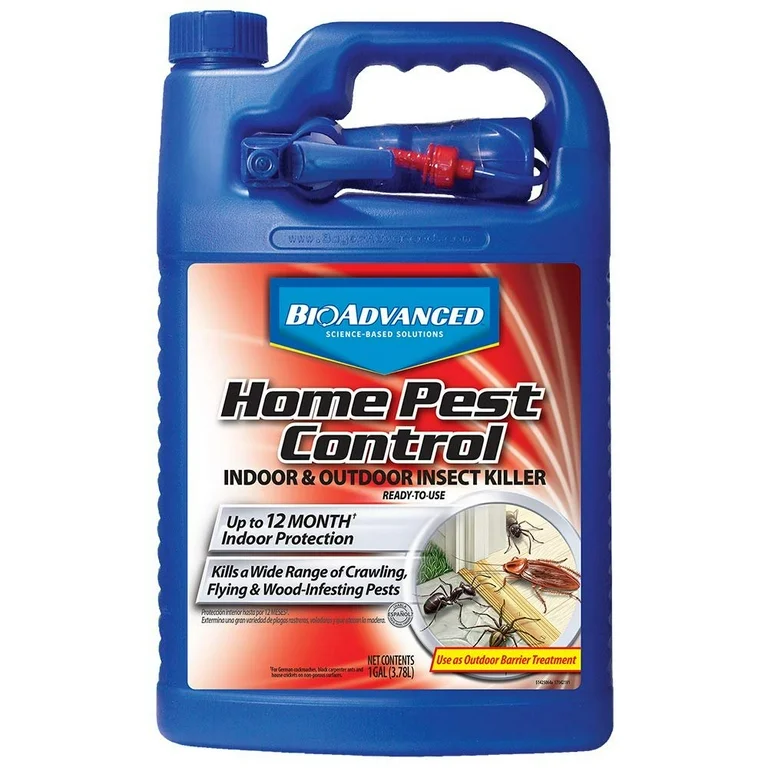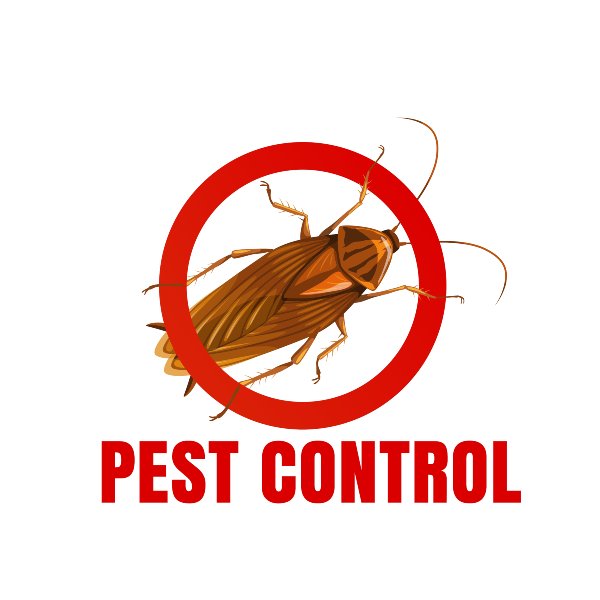A1 Bed Bug Exterminator Charlotte - Specialized Bed Bug Removal
A1 Bed Bug Exterminator Charlotte - Specialized Bed Bug Removal
Blog Article
Bed Insect Therapy Breakdown: Comparing Chemical Vs. Non-Chemical Solutions
In the realm of pest control, specifically when taking care of the consistent concern of bed insects, the selection in between chemical and non-chemical treatment services can be a pivotal one. Both strategies provide distinctive advantages and downsides, affecting variables such as efficiency, safety and security factors to consider, and total cost. By taking a look at the nuanced information of each approach, a clearer understanding of which path to go after in resolving a bed bug problem can be acquired.
Effectiveness of Chemical Therapies
Chemical treatments for bed bug problems have actually been widely identified for their fast and potent efficiency in removing these parasites. When taking into consideration the effectiveness of chemical therapies, it is essential to recognize that they can supply a comprehensive and fast solution to a bed pest trouble. Specialist pest control experts usually depend on pesticides to target bed pests at numerous stages of their life cycle, including nymphs, adults, and eggs. These chemicals commonly function by interrupting the bed pests' nerves, bring about paralysis and ultimate fatality.
In addition, chemical treatments have the benefit of supplying residual results, implying that they can remain to eliminate bed bugs also after the initial application. This recurring action is particularly helpful in combating any possible re-infestations. In addition, the quick action of chemical therapies can bring relief to individuals dealing with extreme bed bug infestations, permitting them to reclaim control of their home rapidly.
Security Worry About Chemical Solutions
One essential aspect that needs careful consideration when making use of chemical remedies for bed bug therapy is making sure the safety of owners and the setting. While chemical treatments can be effective in getting rid of bed bugs, they might position dangers if not taken care of correctly. Among the primary security worry about chemical services is the possible damage they can cause to human health. Direct exposure to specific chemicals used in bed pest treatments can result in breathing issues, skin inflammation, or various other adverse reactions, specifically in people with pre-existing problems or sensitivities. Additionally, inappropriate application or dose of chemical pesticides can lead to poisonous deposits sticking around in the treated location, positioning lasting wellness threats to owners.
Moreover, the ecological impact of chemical remedies is one more significant consideration. Some pesticides utilized in bed insect therapies might be dangerous to beneficial bugs, wild animals, and environments if they seep right into the dirt or water systems. It is vital to use chemical therapies deliberately, complying with safety and security standards, and taking into consideration much less poisonous choices to reduce these threats and guarantee ways to treat termites the risk-free and efficient administration of bed insect problems.
Advantages of Non-Chemical Approaches
Taking into consideration the potential safety concerns visit our website and environmental effect connected with chemical services for bed insect therapy, exploring non-chemical techniques offers an encouraging alternative with numerous distinctive benefits. Non-chemical approaches use a much safer choice for houses, especially those with youngsters, people, or pet dogs sensitive to severe chemicals. These methods eliminate the dangers of exposure to toxic substances, decreasing the potential for unfavorable wellness results. Furthermore, non-chemical treatments are eco-friendly, as they do not add to air or water pollution, making them a sustainable selection for bug control.
Furthermore, non-chemical options can be reliable in targeting bed bugs, consisting of hard-to-reach locations where chemical therapies might not pass through - A1 bed bug treatment in charlotte. Methods such as warm therapy, vacuuming, vapor cleansing, and cushion encasements provide detailed obliteration without the usage of unsafe chemicals.
Limitations of Non-Chemical Treatments

Additionally, non-chemical treatments often need numerous applications to attain effective eradication. This can be taxing and go to this website might not constantly guarantee total removal of all bed insects and their eggs, especially in hard-to-reach or surprise areas.
In addition, the success of non-chemical treatments heavily counts on proper application and thoroughness, which can be testing for individuals without specialist competence. Poor application of non-chemical techniques might result in insufficient elimination, leading to consistent invasions and the need for additional therapies.
For that reason, while non-chemical treatments have their benefits, it is important to acknowledge these limitations and consider them when identifying one of the most efficient method for managing bed bug problems.
Expense Contrast: Chemical Vs. Non-Chemical Options
Offered the limitations connected with non-chemical therapies, a vital aspect to assess in the context of bed insect administration is the expense comparison between chemical and non-chemical alternatives. In contrast, non-chemical treatments like heat therapy or heavy steam can be extra costly, with prices ranging from $1,000 to $6,000 for an entire home. While the first expense of chemical therapies may seem reduced, multiple therapies might be needed to completely eliminate the problem, possibly enhancing the general price.
Conclusion

Taking into consideration the prospective safety concerns and ecological impact linked with chemical remedies for bed bug therapy, exploring non-chemical methods offers an appealing choice with numerous distinct benefits.Provided the constraints associated with non-chemical treatments, an important aspect to review in the context of bed bug management is the expense comparison in between chemical and non-chemical options. In contrast, non-chemical treatments like warm therapy or vapor can be more expensive, with expenses varying from $1,000 to $6,000 for an entire home. While the initial expense of chemical therapies might seem lower, several therapies may be needed to totally eradicate the infestation, potentially boosting the overall cost.In verdict, when comparing chemical and non-chemical bed bug treatment alternatives, it is important to take into consideration effectiveness, security, advantages, limitations, and expense.
Report this page